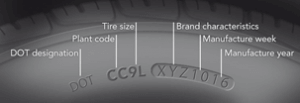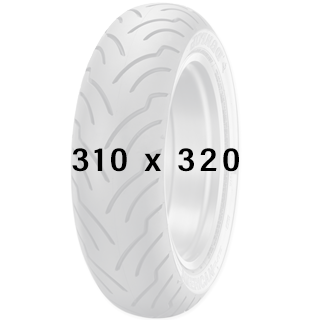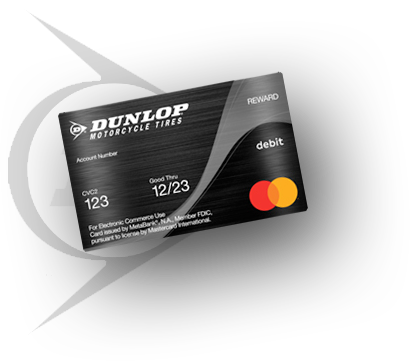How to Read and Understand Motorcycle Tire Sidewall Codes

If you know where to look on a motorcycle tire, there’s a vast amount of important information hidden amongst its embossed alphanumeric markings.
When it comes to two-wheeled safety there is no such thing as too much information. So read on and find out how to understand the markings on a tire’s sidewall.
In 1971, the US Department of Transportation, commonly known as DOT, passed a requirement that all tire manufacturers include a Tire Identification Number (TIN) on each product. As a result, each tire has a TIN imprinted into one of its sidewalls. Here, retailers and consumers can quickly locate important information.
Learning to read and understand a tire’s sidewall is a valuable skill when considering buying new tires. Buy a second-hand motorcycle and the ability to tell if the tires have exceeded their six-year shelf life can save you money when it comes to negotiating the price.
Equally as important, armed with this knowledge, you will also be able to see the specifications and capabilities of the tire itself.
Tire Identification Number (TIN)
The TIN tells you when, where, and who manufactured the tire.
Here is an example of a TIN:
DOT 4B08 4DHR 2910
The TIN always begins with DOT and is followed by the manufacturer’s code and tire size. In this case, 4B refers to a specific tire plant, while 08 is the manufacturer’s tire size.
Being able to identify the plant location for these tires can be vital when handling tire defects. If an inventory of tires is presenting defects, manufacturers can halt production and notify recalls by pinpointing the specific factory where they are being manufactured.
The following number and three letters (4DHR) are the manufacturer’s internal identification codes.
However, it’s the final four numbers that are the most important to the consumer.
The final part of the reference number ‘2910’ gives the tires’ date of birth. In our example, this means the tire’s manufacture took place in the 29th week of 2010. Again, this information is particularly valuable as we can see that the tire exceeds its recommended working life of six years and needs replacement regardless of the tread depth.
Tire Size Code
Once again, an alphanumeric code gives details of the tire’s physical features.
The example,180/55R17, is a typical rear tire size for many mid to large-capacity sportbikes.
So now let’s take a good look at the code.
180/55R17
The first number in the tire size designates the width of the tire. So 180 is the size in millimeters measured from sidewall to sidewall. Interestingly, while the sidewall width appears in millimeters, the diameter is in inches. Some odd tires, like the Dunlop K70 and K81/TT100, also measure the tire width in inches although it’s very rare.
180/55R17
Next is the aspect ratio. This number relates to the height of the sidewall in relation to the width, expressed as a percentage. Our example shows an aspect ratio of 55, which means that the sidewall’s height is 55% of the tire’s width.
180/55R17
The letter R in the sequence relates to construction, which means radial. If the tire had a letter B, e.g. “180/55/B17”, it would indicate that the tire was bias. Bias belted tires are also labeled with a “-”. An example of this would be “180/55–17”.
180/55R17
The final piece of information in the sidewall code gives the diameter of the wheel rim. So in our example, this tire will fit a 17-inch rim.
Load and Speed Rating Index
Lastly, to understand the tire sidewall codes, we come to the tire’s speed rating and load index. This code generally appears in brackets, after the size code, for example, 180/55R17 (73W). In some instances, the Z speed rating is mentioned before the construction. E.g. 180/55/ZR17 (*Z*R17).
180/55R17 (73W)
The number 73 here relates to the tire’s load index classification. If you refer to a tire load index chart you will see that 73 means the tire can hold up to 805lb (365kg). The higher the load index, the more weight the tire can withstand.
180/55R17 (73W)
Finally, we have the tire’s speed rating, designated by a letter. Motorcycle tire speed ratings are usually marked J – Z, with each letter relating to a safe maximum speed. Here, the W relates to the tire’s speed rating of 168mph (270kph).
Using Tire Sidewall Information
The size embossed on the sidewall of a tire gives vital information that every motorcyclist should know. By comparing your motorcycle’s specifications to the tire code, you can check that the tires can safely handle the bike’s weight and top speed.
The age-old saying, “knowledge is power” is true. What’s more, knowledge and safety go hand in hand when it comes to motorcycle tires.
For professional advice on all aspects of your motorcycle tire size requirements, find your nearest Dunlop Motorcycle Tire specialist here.









